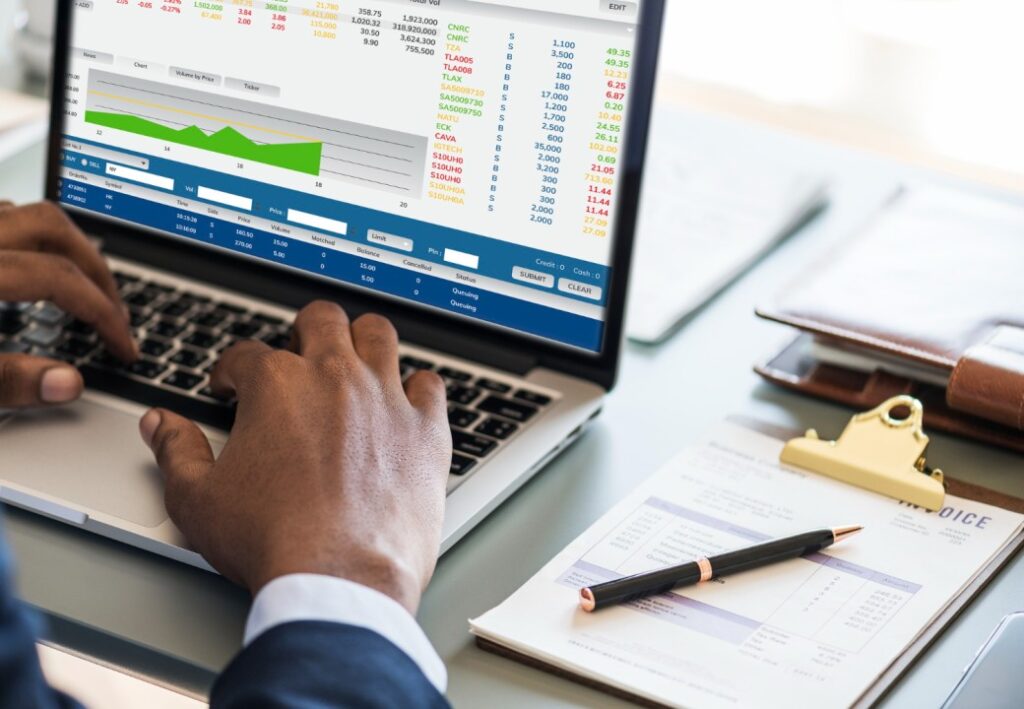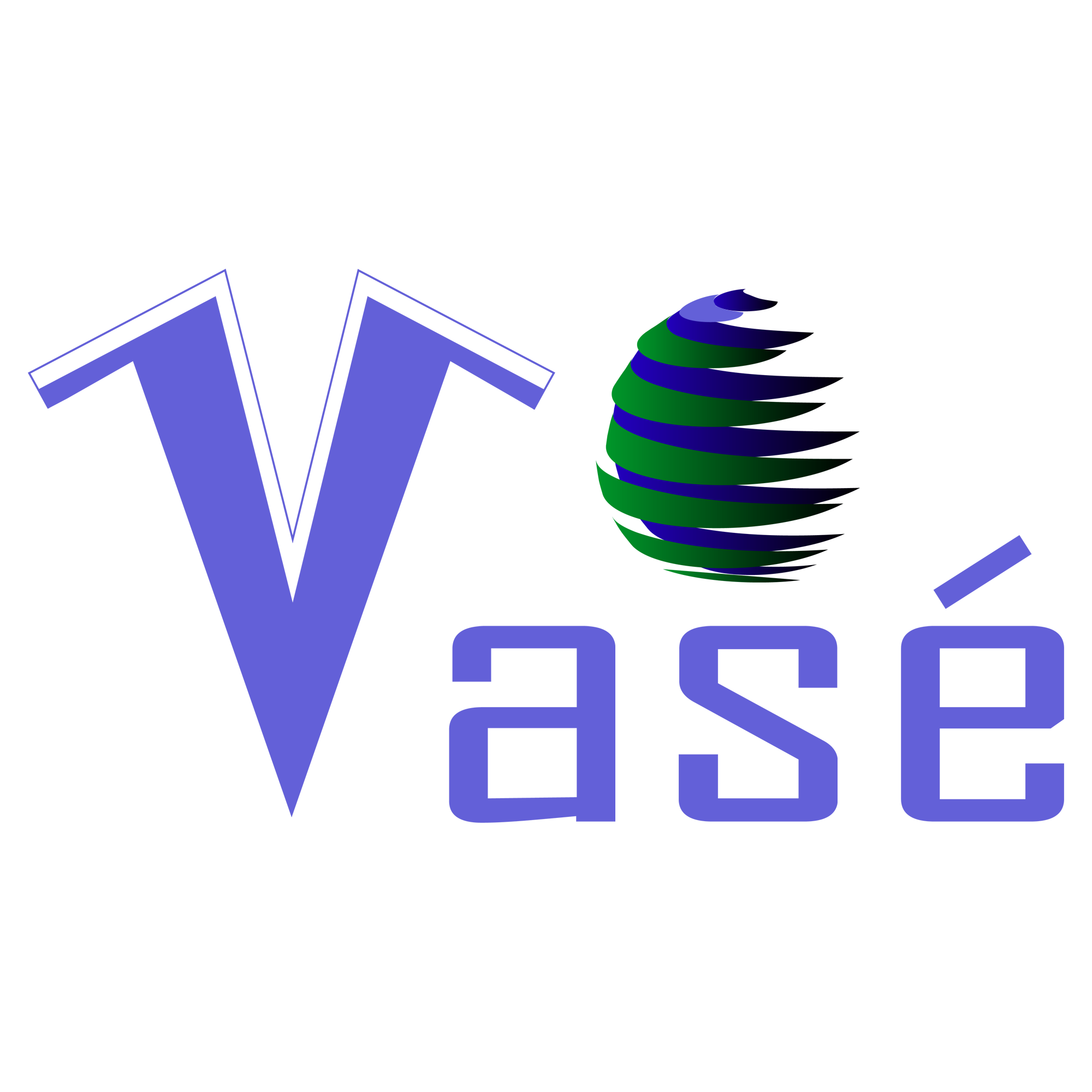SAP
We are specialized in SAP RE-FX Implementations, offers its expertise in technologies and business strategies. A full-featured and integrated application for managing all types of real estate, SAP for Real Estate Management gives you better control of and greater insight into your real estate portfolio.
Real estate life cycle


Vasé Consulting:
- Portfolio Management
- Contract Management
- Space & move Management
- Facility Management
- Corporate Real Estate
- Commercial Real Estate
- Real Estate Investment Trusts
- Real Estate Investment Trust (REIT).
- Land Development
- Land Acquisition
- Operating Expense Reduction Strategies
- Asset Disposition
- Asset Management
- Support Processes (Accounting, Controlling).
As early as 2016, the International Accounting Standards Board (IASB) issued IFRS 16, replacing the in 2001 adapted IAS
17 Leasing rules (and in this context also IFRIC 4, SIC 15, SIC 27). IFRS 16 is effective for annual reporting periods
beginning on or after 1 st January 2019, with earlier application permitted (as long as IFRS15 is also applied).
With IFRS 16, it is no longer required to treat financial and operational leases differently from an accounting perspective
and therefore this new leasing standard eliminates nearly all “off-balance” sheet accounting for leases. The goal of the new
lease accounting rules is to increase transparency and to enable the users of financial statements to assess the impact of
their organization’s leases on the financial position and cash flow directly from its balance sheet. To meet that objective, a
lessee should recognize assets and liabilities arising from a lease.
Lease accounting for real estate and assets
Prepare for ASC 842 and IFRS 16 changes:

US GAAP ASC – 842 & IFRS 16
Impacts every organization that leases in real property/equipment
Standards impact both public and private sectors

SAP S/4HANA REFX (Real Estate Management) :
Key Features and Capabilities of SAP S/4HANA REFX:

Lease Management:
- Manages the entire lifecycle of lease contracts, from creation to termination.
- Supports lease accounting, including IFRS 16 and ASC 842 compliance, for the correct treatment of leases in financial statements.
- Automates lease rent calculations, payment schedules, and handling of additional costs (e.g., maintenance, service charges).
Real Estate Portfolio Management:
- Centralizes and manages real estate assets across a company, whether they are owned or leased.
- Provides a comprehensive overview of all real estate properties, including detailed information on building characteristics, occupancy, and usage.


Space and Property Management:
- Supports the management of physical spaces, including space allocation, planning, and utilization tracking.
- Helps optimize space usage, allocate space to different departments or tenants, and track occupancy.
Contract Management:
- Facilitates the creation, management, and reporting of various contracts, including leases, subleases, and service agreements.
- Ensures transparency and accuracy in contract terms and renewals, providing alerts for key dates (e.g., lease renewals, expiry).


Integration with Financial Accounting:
- Integration with SAP S/4HANA’s financial modules allows for seamless accounting and financial reporting related to real estate transactions.
- Facilitates the calculation of depreciation, lease liabilities, and right-of-use assets in compliance with accounting standards.
Maintenance and Service Management:
- Supports the management of building maintenance and repair services.
- Tracks maintenance requests, schedules preventive maintenance, and integrates with SAP’s Plant Maintenance (PM) or other service management modules.


Analytics and Reporting:
- Leverages the power of SAP S/4HANA’s real-time analytics to provide detailed reports and insights into real estate performance, financials, and asset utilization.
- Dashboards and KPIs for decision-making related to portfolio optimization and cost control.
Environmental and Sustainability Reporting:


Mobile Capabilities:
Benefits of SAP S/4HANA REFX:
Improved Efficiency: Automates manual processes, reducing the administrative burden associated with real estate management.
Compliance and Risk Management: Helps organizations comply with regulatory requirements for lease accounting (e.g., IFRS 16, ASC 842) and manage real estate risks more effectively.
Cost Control and Optimization: Offers insights into cost allocation, property maintenance, and space usage to optimize real estate costs.
Integrated Data: The system integrates seamlessly with other SAP modules, such as Finance, Procurement, and Project Systems, allowing for real-time data and enhanced decision-making.
Real-Time Insights: Built on the SAP HANA in-memory platform, REFX provides real-time analytics and reporting, helping organizations make data-driven decisions.


Use Cases of SAP S/4HANA REFX:
Real Estate Owners: Companies that own commercial or residential properties can use REFX to manage their asset portfolios, track rents, handle lease renewals, and ensure compliance with accounting standards.<br>
Real Estate Tenants: Large tenants managing multiple leased spaces can use REFX to oversee lease terms, calculate rental payments, and manage occupancy.<br>
Facility Management: Businesses responsible for managing the physical maintenance of buildings can use REFX for scheduling maintenance tasks, tracking costs, and optimizing resource utilization.
Integration with Other SAP Modules:
SAP S/4HANA REFX is tightly integrated with other SAP modules to provide a unified experience across business processes:
SAP S/4HANA Finance (FI): Integration with financial accounting for lease accounting and reporting.
SAP Plant Maintenance (PM): Integration for managing property maintenance activities.
SAP Project System (PS): Used for managing projects related to real estate development or renovation.
SAP Procurement (MM): Manages the purchasing of goods and services related to real estate maintenance and operations.

Accelerate SAPS/4HANA Transformations:
But that’s not going to happen because you have a plan. You might decide to start from scratch with a new implementation on HANA, or migrate your legacy systems, or even take a hybrid approach. Whatever direction you choose and whether you’re on-premise or in the cloud If you’re not already aware of SAP S/4HANA, you should be. This is SAP’s latest and greatest software. It is the successor to SAP R/3 and SAP ERP. And transformation to SAP S/4HANA has a deadline: 2027.For those still running legacy systems after the 2027 deadline, you will no longer receive updates, security, etc. This will leave your most business-critical applications vulnerable to security risks and operational disruptions.
SAP BRIM
SAP Billing and Revenue
Innovation Management :
SAP BRIM stands for SAP Billing and Revenue Innovation Management. It’s a suite of software solutions designed to help companies manage their subscription-based business models, billing, invoicing, and revenue recognition. The solution is particularly useful for industries like telecommunications, utilities, and media, which often rely on recurring revenue streams and complex billing processes.
Key Components of SAP BRIM:
- SAP Convergent Charging (CC):
- SAP Convergent Invoicing (CI):
Responsible for consolidating charges and generating invoices. It integrates with various charging and billing systems to ensure accurate invoicing.
- SAP Subscription Billing:
Specifically designed to manage subscription-based business models, helping organizations handle complex pricing and billing for recurring services.

- SAP Revenue Accounting and Reporting (RAR):
This is the revenue recognition component that ensures compliance with accounting standards such as IFRS 15 and ASC 606. It automates the recognition of revenue over time, based on when a service is provided.
- SAP Contract Accounts Receivable and Payable (FI-CA):
A key part of SAP BRIM that handles accounting for contracts, payments, collections, and financial transactions related to customer accounts.

Benefits of SAP BRIM: of SAP BRIM:
- Flexibility: It can support different business models (subscription, usage-based, and hybrid).
- Automation: Automates many billing and revenue processes, reducing errors and manual effort.
- Scalability: Suitable for large enterprises with complex billing needs, often handling millions of transactions.
- Compliance: Ensures compliance with regulatory requirements around revenue recognition and tax reporting.
- Customer Insights: Offers analytics and insights into customer usage and revenue trends, enabling businesses to optimize pricing and offerings.
Key Use Cases:
- Telecommunications: Billing for mobile, internet, and other telecommunication services.
- Media and Entertainment: Subscription management for streaming services, digital content, and online platforms.
- Utilities: Billing and charging for utilities like water, electricity, and gas.
- Cloud Services: Managing the billing for cloud-based services, including usage-based pricing models.

Why SAP BRIM is Important :
With the rise of subscription-based businesses and the increasing complexity of billing and revenue management, SAP BRIM provides a comprehensive, integrated platform to handle these challenges. It helps companies adapt to the fast-changing business landscape, ensuring they can scale their operations while maintaining financial control and compliance.
Want some quotes?
Looking for pricing tailored to your needs? We've got you covered! Our plans start affordably, and we ensure the best value for your requirements. Click below or reach out for your personalized quote today!

